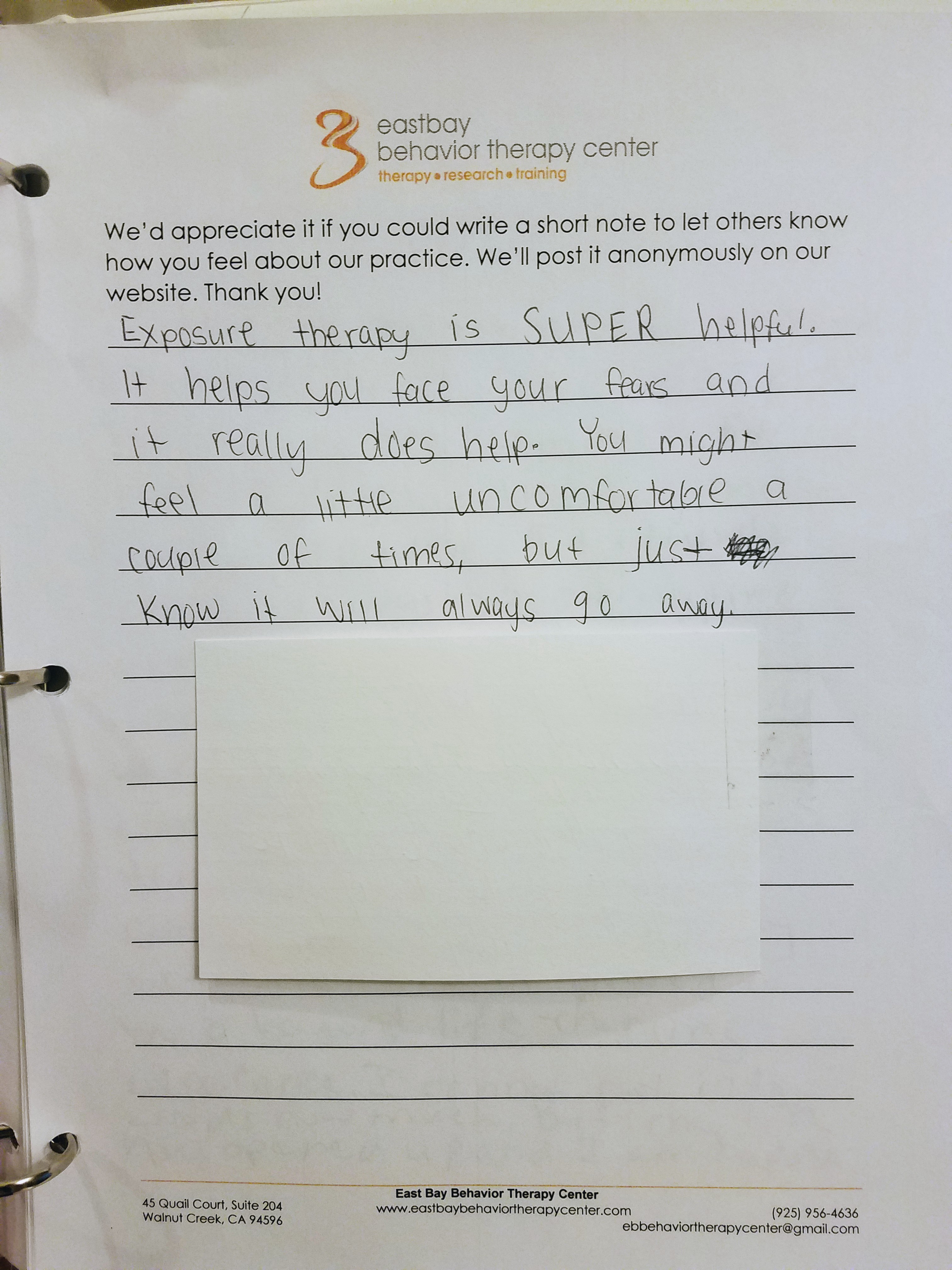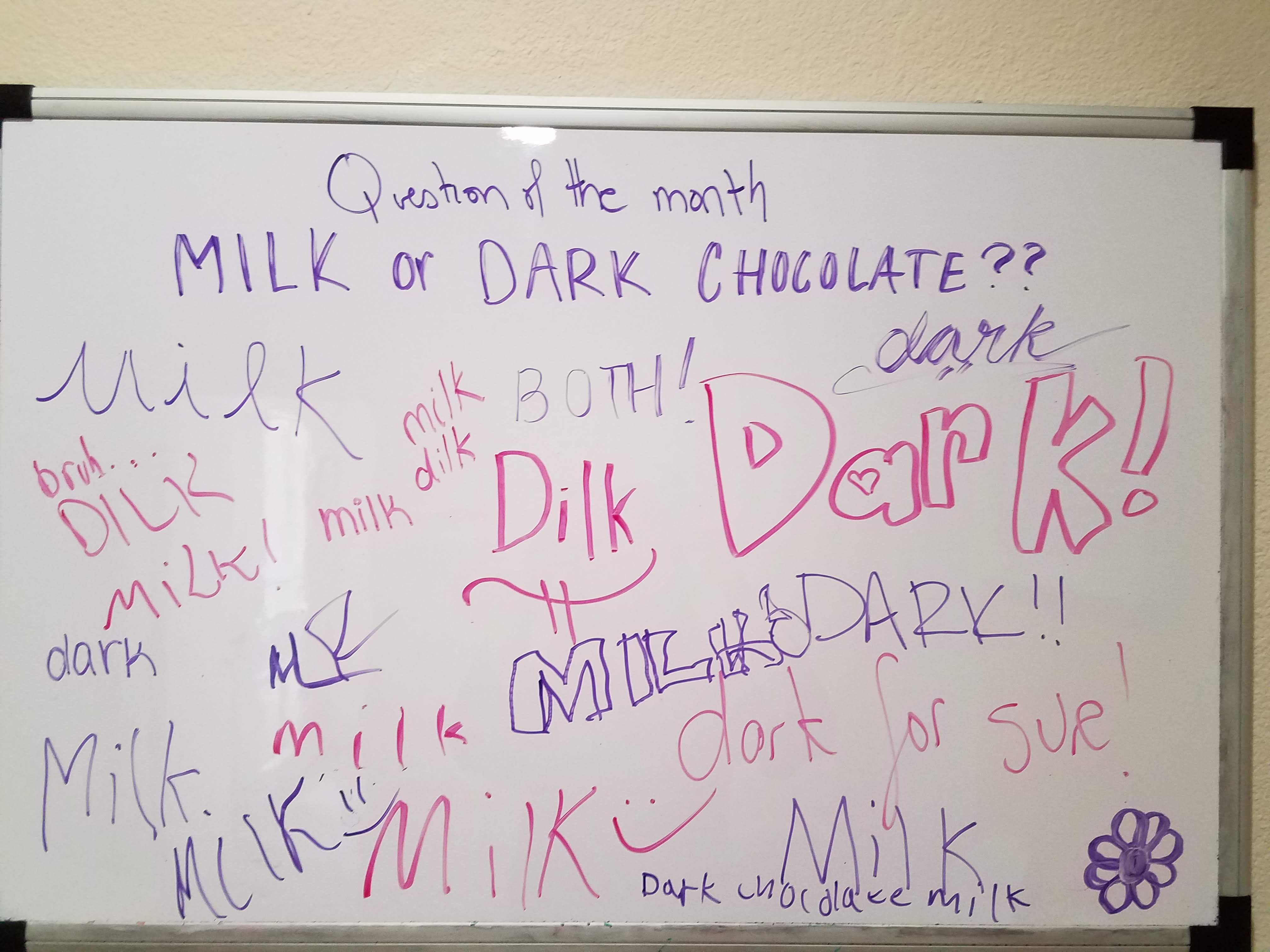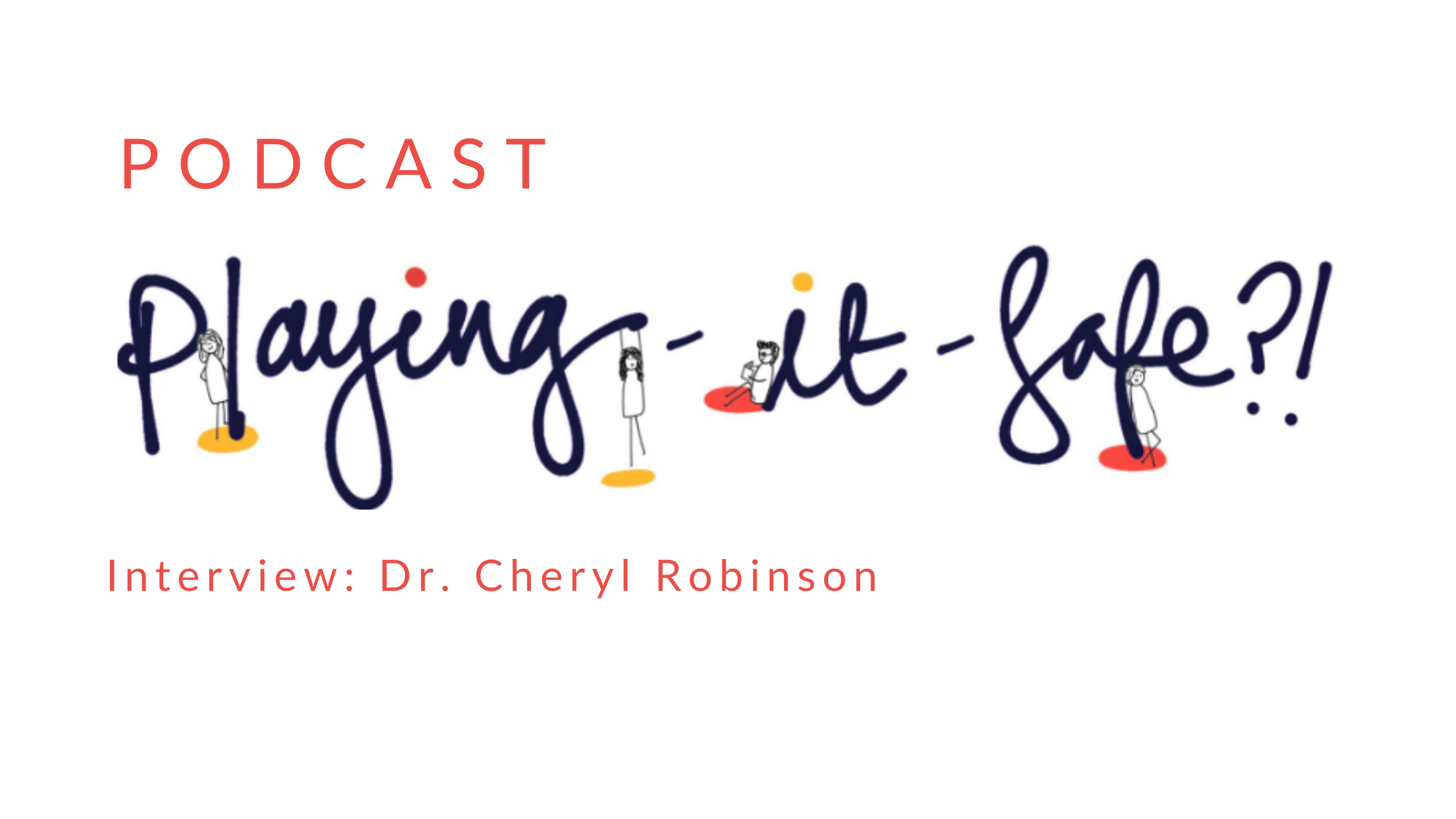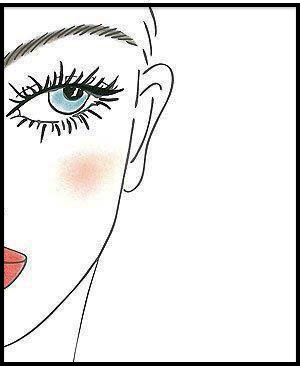
How can you tell if your child’s behaviors are anxiety-based, or involuntary?
Touching, tapping, blinking, coughing, humming; all types of behaviors that can be performed involuntarily, compulsively, repetitively, and in ritualized ways. So, if you or your child are performing these behaviors and unsure why, you may have a tic disorder, or you might have a type of OCD. But how can you know for certain what is going on? The truth is, it is not always easy to tell the difference.
Let’s look at an example:
A 15-year-old boy recently came to treatment because his excessive head tapping, almost vocal hums, and finger shakes were keeping him from doing daily tasks in a timely manner. He reported that he tapped the back of his head or had a specific hand movement, often without noticing, and would do a very soft, almost inaudible, vocal hum when doing this tapping or hand movements. This would happen multiple times in the day, to the point of causing frustrations and disruptions in his daily schedule.
This young man initially reported these behaviors as tics, because he believed they happened involuntarily, and without cause. He did not report any anxiety before or because of these behaviors, yet it was causing frustration as it disrupted his schedule. His parents were bewildered and did not know if he had OCD, a tic disorder, or was just “procrastinating.” However, after some assessment and tracking of these behaviors, he was able to identify clear triggers, such as transitioning between classes, feeling unfinished, or feeling not set. A clear picture of OCD emerged, and he was able to engage in treatment aimed at exposing him to his discomfort while not engaging in tapping, shaking, or humming.
But how can you tell if this is either Obsessive Compulsive Disorder or a Tic related disorder such as Tourette’s Syndrome? These distinctively different conditions may have a few overlapping symptoms making them hard to distinguish from one another but are treated quite differently. The best treatment for OCD is Exposure and Response Prevention (ERP) and/or serotonin reuptake inhibitors (SRI’s) (Koran & Simpson, 2013). Tics and TS are managed through medications and different types of Cognitive Behavioral Therapies to increase awareness, lessen tics, and manage stressors (IOCDF, 2018), such as Habit Reversal Training (HRT).
Let’s look at the differences to help distinguish what you or your loved one may be experiencing, so that you will know what kind of treatment you should seek.
OCD: This anxiety driven disorder is characterized by upsetting thoughts/images/or feelings that become intrusive and hard to get rid (obsessions). In OCD, the obsessions get paired with overt or covert behaviors (compulsions) that are performed, sometimes ritualistically, in response to the obsessions.
Tic disorders: Tic disorders occur along a spectrum of impairment, ranging from transient to chronic. Tics are neurologically driven sudden movements or vocalizations (tics) that are repetitive and often seen as involuntary. These movements/vocalizations are sometimes preceded by urges or feelings of somatic or mental discomfort, but sometimes happen with no apparent trigger. These movements and vocalizations can be simple and brief, or longer, slower, and more complex (multiple sounds/words or multi-stepped movements).
Tourette’s Syndrome (TS): A specific tic disorder. This is diagnosed if a person has multiple motor tics and at least one vocal tic. While these can be embarrassing and frustrating, they often do not have any relationship to anxiety or fears as in OCD. These behaviors feel involuntary but also may increase in response to specific stressors!
While OCD symptoms can and do show up in childhood, this disorder often first appears in late adolescence and early adulthood. The symptoms persist but will wax and wane throughout life. Tics on the other hand typically first appear in childhood and peak during adolescence, often going away entirely by adulthood. However, in about 15% of people with tics, they will persist into adulthood, causing moderate to severe impairment, also waxing and waning in intensity and frequency (Mansueto, 2008).
Both conditions increase a person’s risk for additional anxiety, attentional, impulse control, and mood issues. The presence of tics also often co-occurs with certain learning disorders and behavioral issues (Mansueto, 2008). It is worth noting that there is often an overlap of symptoms between OCD and TS. According to experts at the Behavior Therapy Center of Greater Washington, “up to 60% of TS sufferers have been reported to have OCD symptoms, 50 % of children with OCD are reported to have tics, and 15% met criteria for TS” (Mansueto, 2008).
It may be helpful to look at these conditions side by side:
| Obsessive Compulsive Disorder (OCD) | Tourette’s Syndrome
(TS) |
|
| Physiology | Brain based | Brain based |
| Behavior | Repetitive behaviors (compulsions) specifically to neutralize anxiety/fears | Repetitive behaviors (tics) have no clear behavioral purpose |
| Treatment | Exposures and Response Prevention (ERP) | Habit Reversal Training (HRT) |
| Medication | Not required in all cases, but can help | Always required, individual psychiatry is recommended |
| Family support | Parent coaching required | Parent coaching required |
So, what can you be doing to make things better for yourself or your child? The best thing you can do is see a medical professional for diagnostic clarification and treatment recommendations. You can prepare for this by keeping track of all the specific movements and vocalizations that are occurring. If possible, describe the preceding thoughts, feelings and bodily sensations, and if you feel you have any control over the behaviors. You can also ask yourself or loved one if they are able to resist performing this behavior and what will happen if they didn’t/couldn’t do it? The answers to these questions can go a long way in discriminating between tics or compulsions. The most important first step is to educate yourself on the treatment options regardless of what you or your loved one are experiencing. Remember that you don’t have to do this alone, and these symptoms do not have to control your life.
References
International OCD Foundation, (2018). Disorders related to (and sometimes confused with) OCD. Retrieved from https://iocdf.org/about-ocd/related-disorders/
Koran, L. & Simpson, H.B., (2013). Practice Guideline for the Treatment of Patients with Obsessive Compulsive Disorder. American Psychiatric Association.
Mansueto, C.H. (2008). OCD and Tourette Syndrome: Re-examining the Relationship. Retrieved from https://iocdf.org/expert-opinions/ocd-and-tourette-syndrome/





